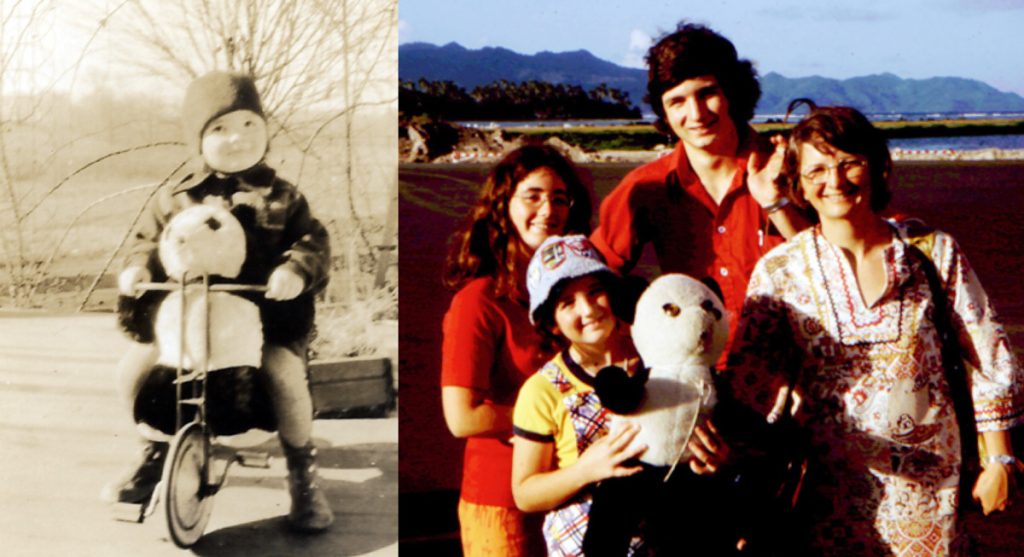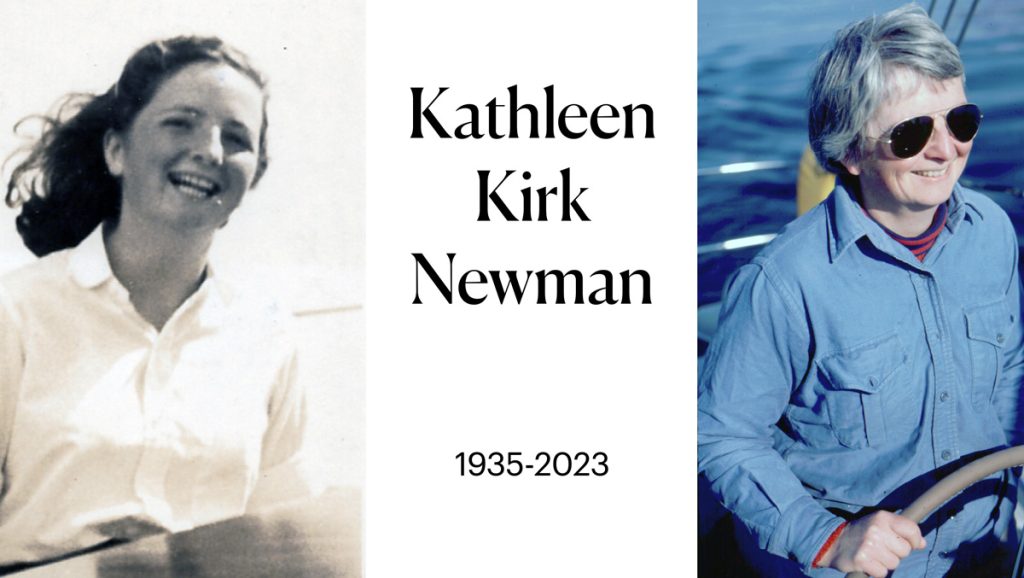A few weeks ago, I put together what I still call “a slide show” to share at my Mom’s celebration of life. I initially assumed the process would be much like building any other book talk, but when I visualized the end result I realized it needed to be structured differently; there would be no narrator, and viewers might start watching in the middle or only view a short section. Wherever they jumped in and out, the photos had to be self-explanatory.
It was only several days after it was completed that I realized what putting together this crowd-pleasing show was really like: writing and editing books. Here are my top six takeaways—along with a very important bonus at the end.

1. Identify the big “why”
The over-arching theme for this project was completely obvious even before I opened the first draft; capturing Mom’s smile throughout her long and rich life. And—unlike writing books—that theme did not change at all throughout the entire process.
2. Let any smaller themes bubble up
The biggest challenge was how to tell the story of such a long and adventurous life in a very short time frame. Since I had more photos than I could possibly include, I decided to gather several onto each “page” to represent distinct categories. Except for her childhood and wedding, I didn’t worry about chronology; instead I grouped together images that all showed her sailing, or fishing, or working inside or outside the house. (I definitely needed more than one page for the kids and grandkids!)
That timeless structure collapsed years together, as you can see in the Panda images below that united the late 1930s with 1974. It also gave viewers who only saw a few pages a sense of the length and breadth of her life. And once I clued in my siblings (who’d already seen most of the photos I included, just not in this arrangement), they called out their theories for each page’s theme as soon as the first few slides appeared.

3. Editing matters
For this presentation, I sorted through boxes and boxes of photo envelopes—and the family slides that had already been digitized—and only included the best ones. My initial goal was one photo for every year of Mom’s life (88); thanks to grouping them together in themes, I was able to shoehorn 141 separate images into a loop that played in “about 8.8 minutes.”
4. Patterns unify
Setting a default animation for each photo and page created a soothing and consistent rhythm that communicated to viewers how long they had to admire each one. (It also kept me from over-thinking a customized timing.)
5. Eliminate distracting details
Once I had the rough draft put together, I noticed several frame edges and weird scanning blobs and purple-hued distortions. I’m glad I took the time to edit those out so that viewers could focus instead on all of the smiles.
6. Include “bookends”
Beginning and ending slides made it clear when the loop was “over”—even though it automagically began playing through once more.

Like any novel I’ve ever written, this project took way longer than I expected. But afterward, the many compliments made me feel like I’d done a good job of telling this incredible story. The photos also unified the unique group that gathered together on that beautiful Sunday afternoon; no matter what part we’d played in Mom’s life or what memories we each had personally, we all got a taste of her many other adventures.
One final thought: for its creator, assembling this show was both therapy and a labor of love. And that’s another commonality with writing and editing any book that will be worth reading!
What lessons would you add to these? Share them in the comments below, or drop me an email. I read every single one, with gratitude.
Sweet. Thanks sis.
And thank you for being an excellent MC!
It sounds like this was truly a celebration of your Mom’s life. Losing a parent is never easy and I’m glad you were able to do this slide show for her. Peace to you in a very bumpy time!
Beautiful and there are no words for your loss. Mothers are very special and shape who we are. Thank you,
Yes agree, and thank you!
Well done, Carol. You may not have planned it, but you’ve now created a beautiful narrative for future generations of your family.
Thanks John, agreed!
I have no lessons to offer in that I am on the flip side of this sheet of music and am soaking up your insights. I have been thinking a lot about this lately and am curious how much forethought you gave to it. If there is a way to view this, send me a note as I’d love to see it.
Alex, the answer is “lots” of forethought and twiddling! I’ll send you a link.